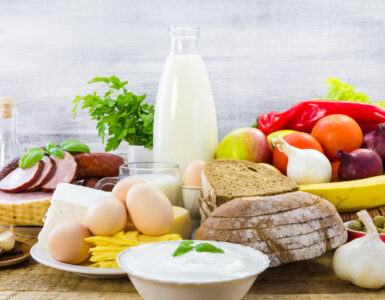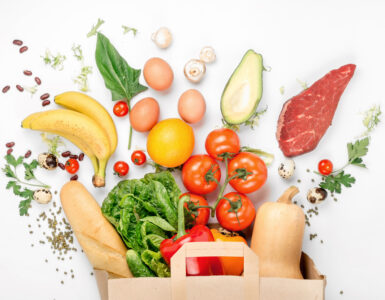The last thing a mother needs is to wonder how she’ll feed her children. Unfortunately, this is a concern for many mothers across the country, which is why it’s good to know that the USDA has programs that can lend a helping hand. Here are four in particular that are incredibly helpful for babies, young children, and women:
1. Special Supplemental Nutrition Program for Women, Infants, and Children (WIC)
When it comes to food assistance programs for babies, young children, and women, WIC may be the most popular of its kind.
To qualify for WIC, you must fit into one of the following categories:
- Pregnant woman
- Breastfeeding woman
- Non-breastfeeding postpartum woman
- Infant
- Toddler or child up to five years old
Any of the above who reside in a low-income household and are at risk of a lack of nutrition can use WIC to fill their needs. If you qualify, WIC benefits can offer a variety of foods, such as eggs, milk, cheese, baby foods, canned foods, infant cereal, and more.
2. WIC Farmers Market Nutrition Program (FMNP)
As you can tell by its name, this program is linked to WIC. It offers coupons that can be used at farmers’ markets and roadside stands to supplement your diet with healthy fruits and vegetables.
If you receive WIC benefits and fit one of the following categories, you could qualify for the FMNP, depending on your location:
- Woman
- Infant over four months old
- Child aged one to five
3. Supplemental Nutrition Assistance Program (SNAP)
This program wasn’t put in place specifically to serve babies, young children, and women, but many still use it for their nutritional needs.
SNAP is the current name for what used to be called food stamps, and it was created to help families stay fed while they move towards independence.
To be eligible for SNAP benefits, you’ll need to meet specific income requirements, resource limits, and more. Once qualified, you’ll likely receive an EBT card that works like a debit card. Take it to a participating store, and you can swipe it to pay for certain foods, such as:
- Meat
- Poultry
- Fish
- Dairy
- Fruits
- Vegetables
- Snacks
- Non-alcoholic beverages
You won’t be able to use SNAP benefits to buy such things as:
- Hot foods
- Pet foods
- Alcohol
- Tobacco
- Vitamins
- Supplements
- Cosmetics
- Cleaning items
4. Child and Adult Care Food Program (CACFP)
Both children and adults can participate in this program that offers reimbursed snacks and meals. To qualify, the applicant will have to attend one of the following:
- Child daycare center
- Daycare home
- Adult daycare center
- After-school care program
- Emergency shelter
The CACFP places emphasis on caring for children and older adults who are disabled. It does so via these snacks and meals that boost their development, healthy growth, and wellness.




